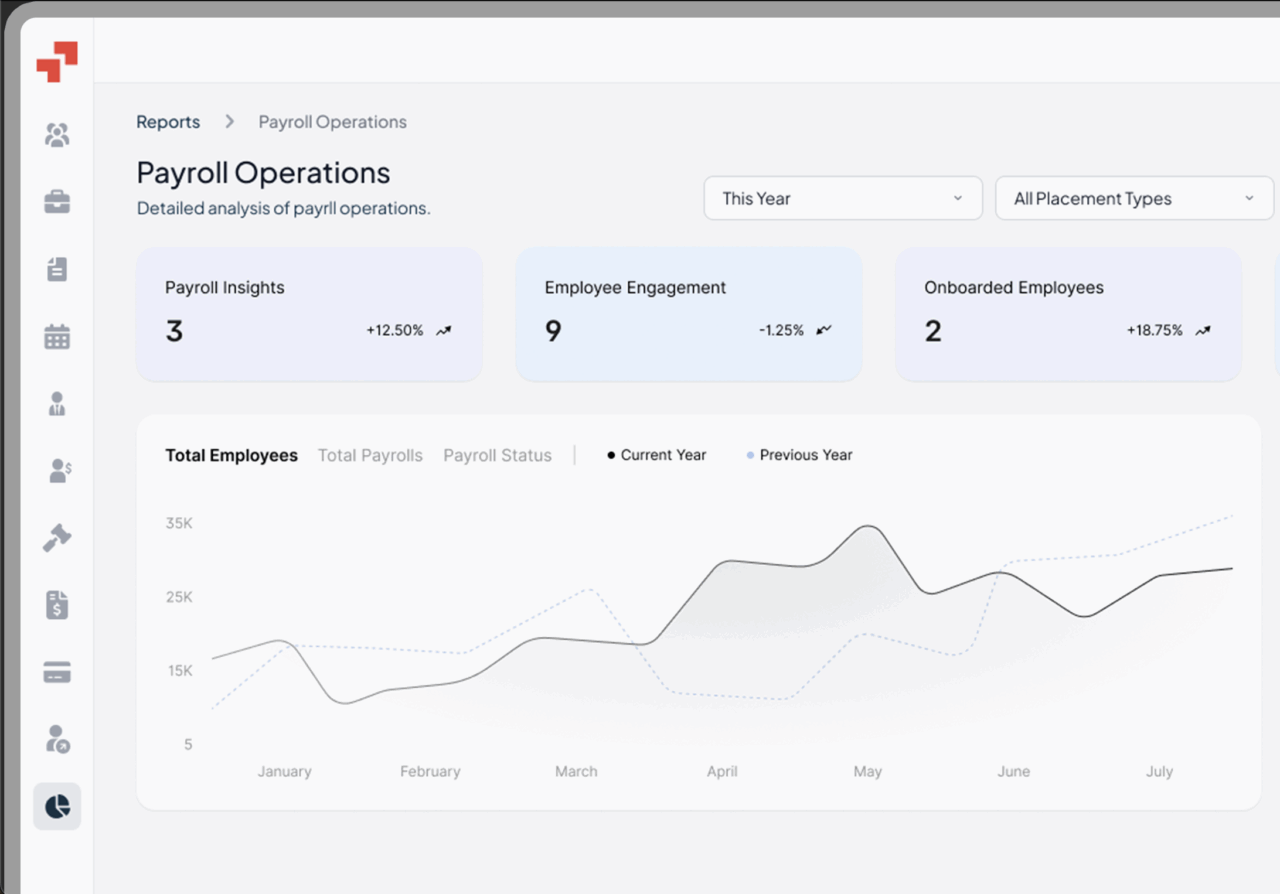Global Workforce GlossaryWhat is Retroactive Pay?
Retroactive pay is compensation added to an employee’s paycheck to make up for a compensation shortfall in a previous pay period.
This differs from back pay, which is compensation that makes up for a pay period where an employee receives no compensation at all, including the total retro pay for any prior adjustments.
Table of Contents
- What is Retroactive Pay?
- What are some payroll mistakes that require retro pay?
- Is retro pay taxed?
- Can court rulings require retro pay?
- How to calculate retro pay for hourly and salaried employees?
- Retroactive Pay vs Back Pay
- Is retro pay a one-time payment?
- How long does a company have to pay you retro pay?
- Is retro pay considered a bonus?
- Examples of Retroactive Pay
What are some payroll mistakes that require retro pay?
Common payroll mistakes necessitating retro pay include unpaid overtime, miscalculations in overtime, missed bonuses, incorrect salary adjustments, errors in commission payments, and payroll errors. These discrepancies, including payroll errors, can arise from clerical errors, issues within the payroll system, system glitches, or delayed updates to employee compensation.
When payroll errors are identified, employers must issue retro pay and make retroactive adjustments to ensure payroll records are accurate and compliant.
Is retro pay taxed?
Yes, retro pay is subject to taxation. It is taxed in the year it is received, not when it was originally earned. Employers must also withhold taxes on retro payments just as they do for regular wages, including appropriate federal, state, and local taxes, as well as Social Security and Medicare contributions, from retroactive payments.
Can court rulings require retro pay?
Yes, court rulings can mandate retro pay. For instance, legal considerations were highlighted when Portugal’s Supreme Court ruled that TAP must pay retroactive wages to 1,200 cabin staff, totaling up to €300 million ($315 million), due to discrepancies in compensation for short-term contract workers.
How to calculate retro pay for hourly and salaried employees?
For an hourly employee
You must first identify the regular hourly rate and any shift differentials when calculating retro pay owed. Begin by calculating the difference in pay rate per hour between the old pay and the new pay for the specific period affected. The retro pay amount is then calculated by multiplying this difference by the number of hours worked during that specific period.
For example, if a pay increase was effective before the last pay period or a prior pay period, but not applied until later, you would compare the old pay rate to the new pay rate for all hours worked in those pay periods to determine the retro pay owed.
For salaried staff/employee
A salary increase or pay increase may require recalculating the annual salary and comparing it to the previous annual salary to determine the retro pay owed. The retro pay amount is calculated by dividing the difference in annual salary by the number of pay periods, such as a biweekly pay period, especially if the employee is paid biweekly.
For example, if a pay increase was not reflected until after the last pay period, you would compare the previous annual salary to the new annual salary, divide the difference by the number of biweekly pay periods, and multiply by the number of pay periods affected to find the retro pay owed.
Calculating retro pay may also involve reviewing pay increases, shift differentials, and any changes in pay rate that occurred during the relevant pay cycle to ensure all compensation adjustments are accurately calculated.
Retroactive Pay vs Back Pay
Retroactive pay is issued when an employee was paid, but at the wrong rate. This usually stems from payroll delays, administrative errors, or misaligned systems. For instance, a raise or overtime wasn’t reflected in the paycheck, so the employer pays the shortfall as a correction. Retro pay is typically added to the next paycheck or processed as a one-time adjustment.
Back pay, on the other hand, addresses unpaid or unlawfully withheld wages. Common triggers include unpaid overtime, minimum wage violations, or disputes resolved through legal action. Unlike retro pay’s clerical nature, back pay often carries compliance risks, legal penalties, and reputational consequences.
In-short: Retro pay corrects internal payroll errors; back pay remedies legal or regulatory failures.
Is retro pay a one-time payment?
Retro pay can be a one-time payment or spread over multiple pay periods, depending on the employer’s policy and the nature of the compensation adjustment. Depending on the company policy, employers may choose to issue a lump sum or adjust future paychecks to account for the underpayment.
How long does a company have to pay you retro pay?
Under the Fair Labor Standards Act (FLSA), employers are required to pay retroactive wages no later than 12 days after the end of the pay period in which the error occurred. Timely correction in the payroll process is essential to remain compliant with labor laws.
Is retro pay considered a bonus?
No, retro pay is not considered a bonus. Retro pay is a correction for underpayment and is treated as supplemental wages, separate from regular pay, and is not considered a bonus. Bonuses, on the other hand, are discretionary payments made in addition to a regular paycheck and may have different tax implications.
Examples of Retroactive Pay
- Missed Raise (U.S.)
A software engineer’s annual raise, effective January 1, wasn’t applied until March. The company calculates the 2-month salary difference ($2,000) and issues it as a lump-sum retro pay in March. - Overtime Miscalculation (UK)
A retail employee worked 20 extra hours in December, but payroll only paid regular hours and missed the required overtime pay. The £150 underpayment, representing the missed overtime pay, was added to the January paycheck as retroactive pay. - Commission Adjustment (U.S.)
A sales rep earned $5,000 in commissions last quarter but was only paid $4,000 due to reporting errors. The $1,000 difference was issued as retro pay the following month. - Court-Mandated Payment (EU)
An airline in Portugal was ordered by a labor court to pay €300 million ($315 million) to 1,200 cabin staff for past underpayments. Retro pay was issued according to the ruling. - Hourly Rate Correction (U.S.)
A contractor was supposed to earn $30/hour but was paid $25/hour for two weeks. The $5/hour shortfall totaled $400, issued as retroactive pay.
Hire the Best Talent, Anywhere






